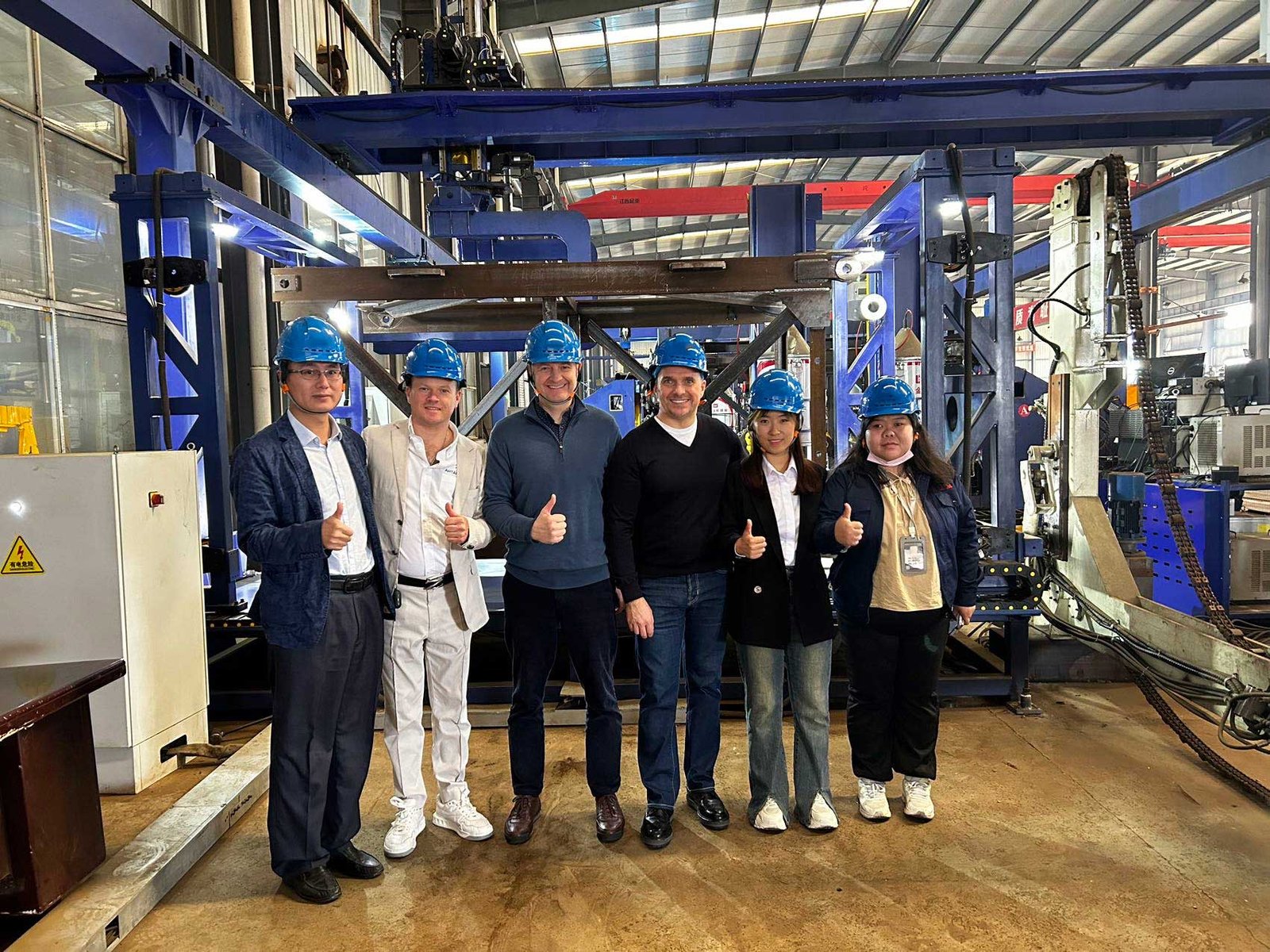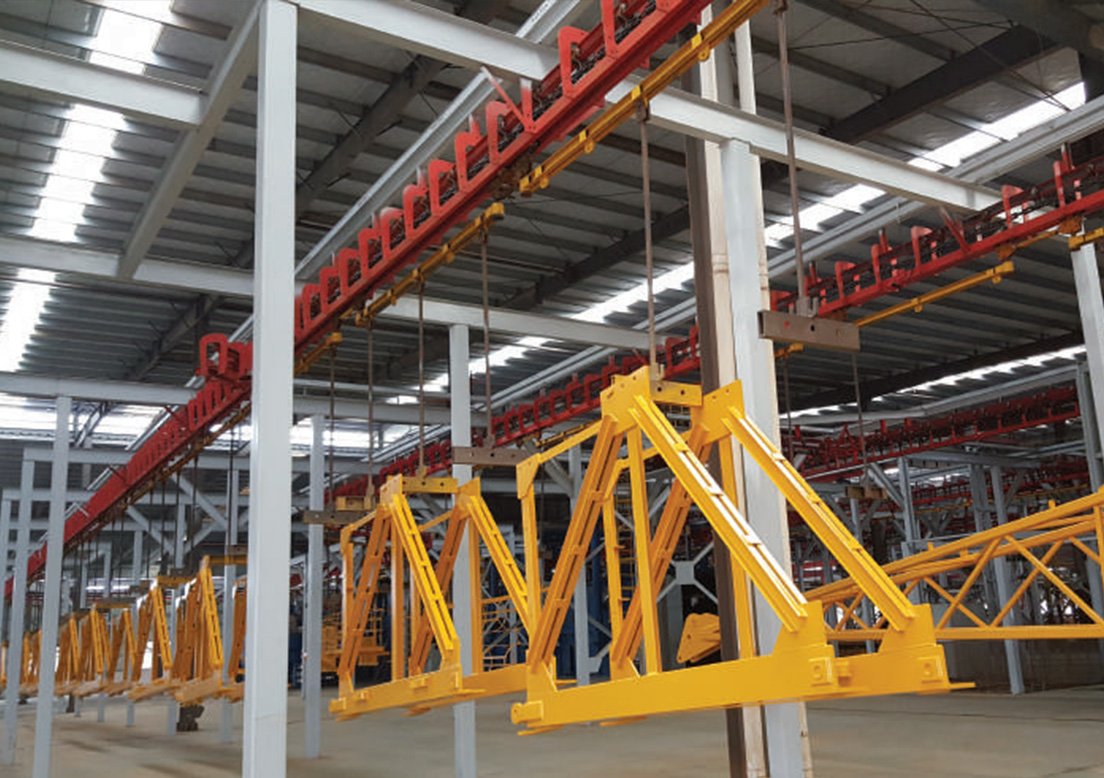
The need for efficiency, stability, and versatility drives the construction industry to innovate. Flat top tower cranes1 address these needs with cutting-edge features.
Flat top tower cranes2 are efficient and stable machines used in construction to lift heavy loads with precision.
These cranes offer unique advantages over traditional models3. Let’s explore their features, types, and applications.
Is there a toilet on a tower crane?

Tower crane operators face unique challenges working at extreme heights. One common question is about restroom facilities.
Most tower cranes do not have built-in toilets, but solutions like portable systems are available.4
Why don't tower cranes have toilets?
The compact design prioritizes safety and efficiency. Adding a toilet to tower cranes5 would compromise these aspects. Operators plan their breaks carefully to address this challenge.
| Reason | Impact |
|---|---|
| Limited cabin space | No room for additional facilities |
| Prioritizing safety | Minimized distractions to ensure operational focus |
| Logistical challenges | Difficulty in maintaining sanitation at heights |
Alternative solutions for crane operators6, such as portable relief systems, are the norm in the industry.
How do you get to the top of a tower crane?

Climbing a tower crane requires endurance, precision, and adherence to safety protocols.
Operators typically climb ladders inside the mast7 or use hoists to reach the crane's top.
The process of ascending a tower crane
Operators ascend step-by-step through internal ladders or elevators. Safety gear, like harnesses, ensures their security during the climb.
| Method | Advantages | Challenges |
|---|---|---|
| Internal ladder climbing | Maintains crane integrity | Physically demanding |
| External hoist system | Quick and efficient | Requires setup and upkeep |
Preparation and physical fitness are key to safely reaching the operator cabin.
What are the types of tower cranes?

The construction industry relies on various types of tower cranes for different tasks and requirements.
The main types are hammerhead, luffing jib, and flat top tower cranes, each suited for specific needs.
Key differences between tower crane types
Each type serves unique functions based on the project size and space constraints.
| Type | Best Use | Notable Features |
|---|---|---|
| Hammerhead cranes | Large-scale construction | Classic design, high stability |
| Luffing jib cranes | Tight urban environments | Compact, angled jibs |
| Flat top cranes | Sites with height restrictions | No tower head, easy assembly |
Understanding these differences helps in selecting the right crane for the job.
What are the strongest tower cranes?

Strength in tower cranes is determined by lifting capacity, reach, and structural integrity.
The strongest tower cranes can lift over 100 tons and operate at significant heights.
Factors that make tower cranes strong
Key features like materials, design, and technology define a crane's strength.
| Attribute | Impact on Strength |
|---|---|
| High-grade materials | Enhanced durability and capacity |
| Advanced mechanics | Increased precision and control |
| Innovative design | Optimized load distribution |
These cranes are crucial for handling heavy-duty tasks in large-scale construction projects.
What is the rarest crane in the world?

Some cranes are not only functional but also rare due to their unique designs or specific applications.
The Taisun crane, located in China, is one of the rarest due to its unmatched lifting capacity.
Why is the Taisun crane rare?
This crane’s specialization in heavy module lifting makes it unique worldwide.
| Feature | Explanation |
|---|---|
| Exceptional capacity | Lifts up to 20,000 metric tons |
| Limited applications | Used only for specialized projects |
Its rarity highlights the pinnacle of engineering in the crane industry.
What crane can lift 100 tons?

Tower cranes capable of lifting 100 tons are marvels of modern engineering.
Flat top cranes and luffing jib cranes are often used for heavy loads exceeding 100 tons.
Examples of 100-ton cranes
Cranes like the Liebherr 1000 EC-B are specifically designed to handle such weights.
| Model | Capacity | Primary Use |
|---|---|---|
| Liebherr 1000 EC-B | 100 tons | High-rise construction |
| Potain MR 618 | 120 tons | Urban and confined spaces |
These cranes exemplify strength and efficiency in heavy-duty applications.
Conclusion
Flat top tower cranes are versatile, efficient, and powerful. Their unique design caters to the diverse needs of modern construction projects.
-
Understand how flat top tower cranes enhance efficiency in construction projects. ↩
-
Learn the key features and mechanisms of flat top tower cranes. ↩
-
Compare flat top cranes with traditional models to highlight their advantages. ↩
-
Learn about solutions for restroom needs for crane operators working at extreme heights. ↩
-
Learn why tower crane cabins are designed without restrooms for operators. ↩
-
Explore available alternatives for sanitation in high-altitude construction work. ↩
-
Understand the different methods used to ascend tower cranes safely. ↩







One Response